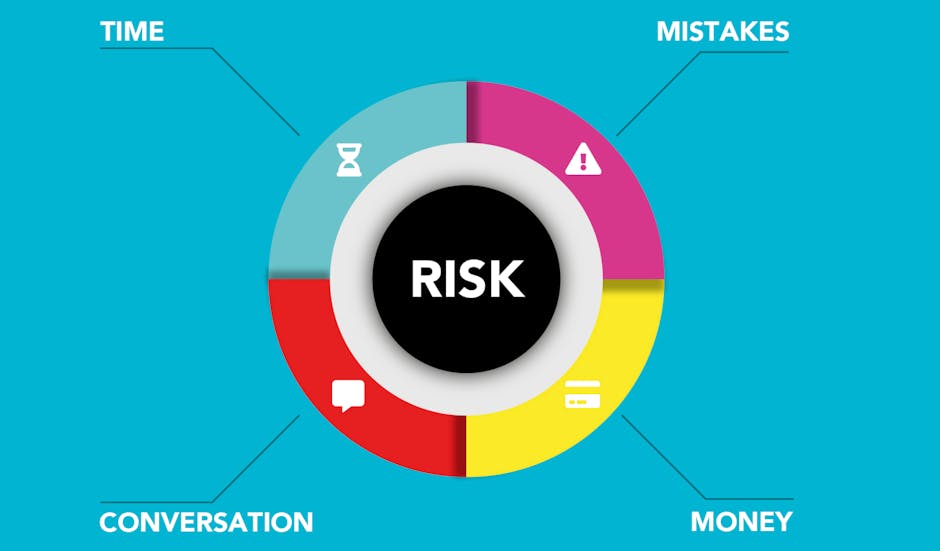
Risk Management: Best Practices and Strategies
Risk Management: Best Practices and Strategies
Effective risk management is essential for businesses to protect themselves from potential threats and navigate uncertain market conditions. By identifying, assessing, and mitigating risks, organizations can safeguard their assets and achieve sustainable growth.
Why is Risk Management Important?
Risk management is crucial because it allows businesses to:
- Anticipate potential risks and develop contingency plans
- Protect their reputation and brand value
- Maintain compliance with regulatory requirements
- Enhance decision making based on a clear understanding of risks
- Boost stakeholder confidence and trust
Best Practices for Risk Management
Implementing effective risk management requires following some key best practices:
1. Identify and Assess Risks
Start by identifying and evaluating potential risks that could impact your business. This involves conducting a thorough analysis of internal and external factors, such as market conditions, industry trends, operational vulnerabilities, and financial risks.
2. Develop Risk Management Strategies
Once risks are identified, develop strategies to manage and mitigate them effectively. Allocate resources, establish risk management processes, and define clear roles and responsibilities for risk owners and stakeholders.
3. Prioritize Risks
Not all risks are equal. Assess the significance and potential impact of each risk and prioritize them based on their likelihood and potential consequences. Focus on mitigating high-risk areas first to protect your business from severe consequences.
4. Monitor and Review
Risk management is an ongoing process. Continuously monitor and review your risk management strategies to identify new risks, reassess existing risks, and adjust your mitigation measures as necessary.
5. Foster a Risk-Aware Culture
Effective risk management requires the involvement and commitment of everyone in the organization. Promote a risk-aware culture by providing training, encouraging open communication, and rewarding employees for reporting risks and suggesting improvements.
Conclusion
Implementing robust risk management practices is crucial for organizations to proactively address potential threats and capitalize on opportunities. By following the best practices outlined above, businesses can create a risk-aware culture and ensure sustainable growth and success.
